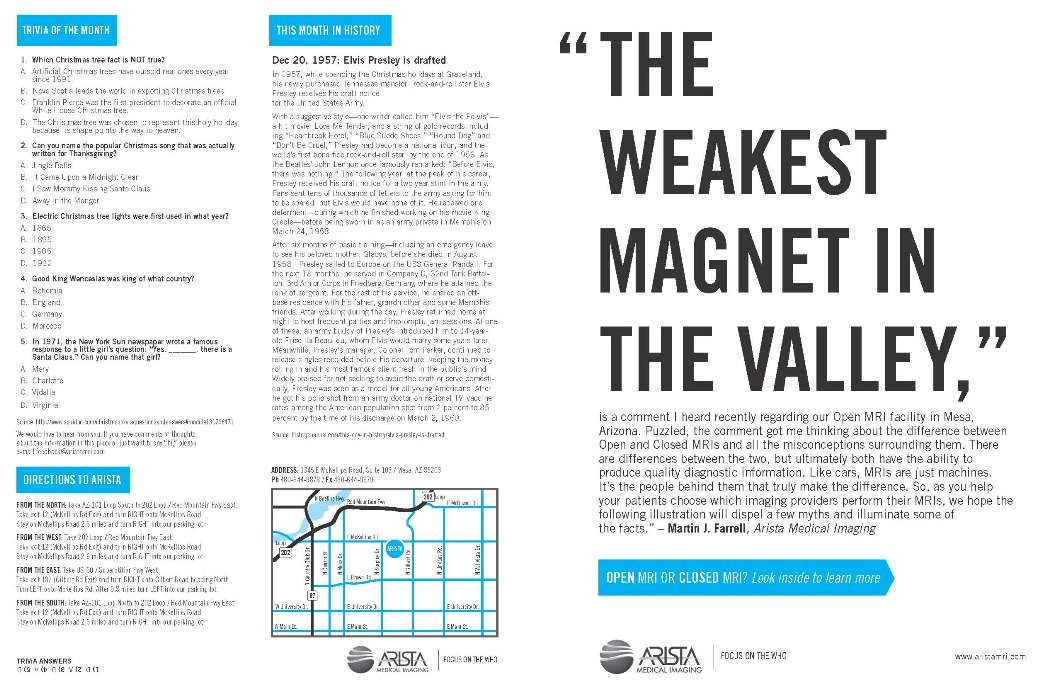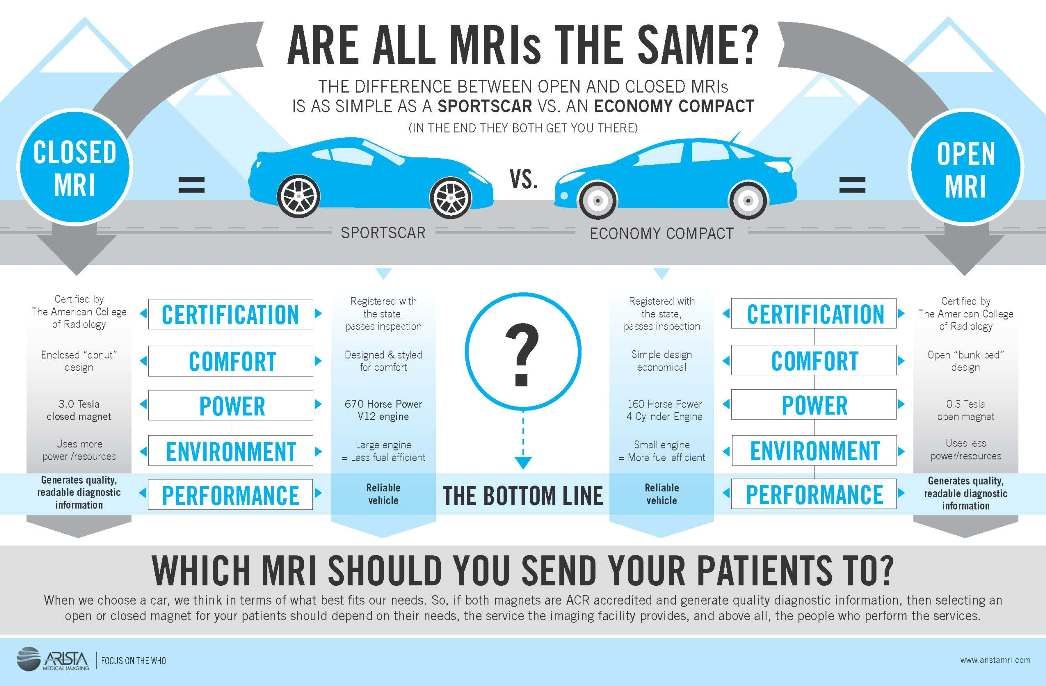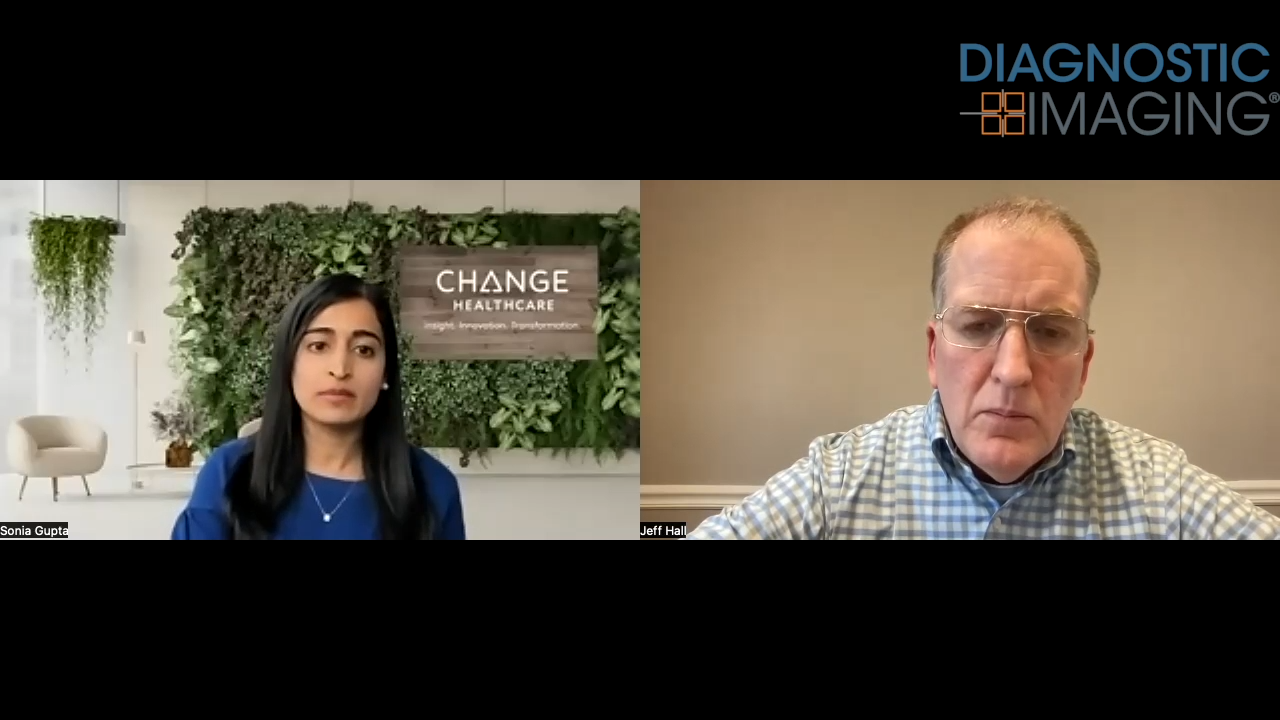A Twist on the Traditional Imaging Marketing Strategy
Here’s how one imaging facility took a less traditional approach to market its practice with bold and creative brochures.


MINNEAPOLIS - You’re on a first date, and it’s going well. To get that second date, you hand over a brochure about yourself, along with a business card and a referral pad.
No? Doesn’t sound right?
According to Martin Farrell, the founder of Arista Medical Imaging, an open MRI facility, if that’s not what you would do to win over a love interest, it’s not what a medical imaging company should do to score referrals.
“We get so caught up in the technology side of things,” said Farrell, speaking this week at the AHRA 2013 annual meeting. “We oftentimes forget we’re dealing with people. So we need a meaningful way to engage in conversation with a referring office and patients.”
The way to do that, he said, is simple: Ask questions. Get clients talking about themselves. And eventually they’ll start asking questions about your organization.
Farrell said he still sees the value in entering a referring office with marketing materials in hand. He likened it to holding a drink on a dance floor: It may not make much sense, but it helps to fit in and it provides a sense of security. So he worked with his team to figure out a way to create a handout that would spark a conversation, but still give his sales representatives the security of having a physical document to reference.
And the documents are a little out of the ordinary. The idea came about when Farrell heard that an employee at one of his referring offices said his facility had “the weakest magnet in the marketplace.” He was watching Mad Men at the time, and inspired by the character Don Draper’s quote, “If you don’t like what’s being said, then change the conversation,” he decided to do just that.
He contracted with a design firm and created his first in a series of monthly brochures. This one said “The Weakest Magnet in the Valley,” in a big, bold typeface on the front cover. He said he was going for shock value. He wanted to get people talking. The tongue-in-cheek brochure then went on to explain the misconceptions surrounding MRIs in smaller text.
Farrell loved it. But his sales reps wouldn’t hand them out. “I, as the leader, hadn’t engaged my own staff in my focus,” he said.
The next time around, he involved his staff in the creative development of the marketing materials, and he said his employees got on board with the strategy. The results he’s seeing now, Farrell said, include increased sales activity and better conversations with patients and referring offices.
The brochures still have splashy text on the front cover, but now they each have a theme that ties in with the current month - think love in February, New Years resolutions in January, the beach in July. The insides of the handouts feature quizzes and infographics related to the theme: What’s your love language? What kind of beach are you? A “chilly beach”? A “diva beach”? Farrell said his team distributes about half of the brochures to referring offices and the other half to patients. Then they keep records of their clients’ answers to the quizzes on file.
“Now we know who these people are and it helps us better have a conversation with them,” he said.
Could AI-Powered Abbreviated MRI Reinvent Detection for Structural Abnormalities of the Knee?
April 24th 2025Employing deep learning image reconstruction, parallel imaging and multi-slice acceleration in a sub-five-minute 3T knee MRI, researchers noted 100 percent sensitivity and 99 percent specificity for anterior cruciate ligament (ACL) tears.
The Reading Room: Artificial Intelligence: What RSNA 2020 Offered, and What 2021 Could Bring
December 5th 2020Nina Kottler, M.D., chief medical officer of AI at Radiology Partners, discusses, during RSNA 2020, what new developments the annual meeting provided about these technologies, sessions to access, and what to expect in the coming year.
New Collaboration Offers Promise of Automating Prior Authorizations in Radiology with AI
March 26th 2025In addition to a variety of tools to promote radiology workflow efficiencies, the integration of the Gravity AI tools into the PowerServer RIS platform may reduce time-consuming prior authorizations to minutes for completion.
Strategies to Reduce Disparities in Interventional Radiology Care
March 19th 2025In order to help address the geographic, racial, and socioeconomic barriers that limit patient access to interventional radiology (IR) care, these authors recommend a variety of measures ranging from increased patient and physician awareness of IR to mobile IR clinics and improved understanding of social determinants of health.










